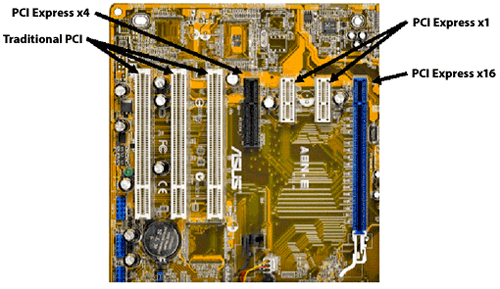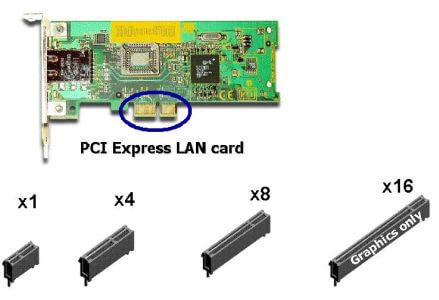What is PCI Express?
PCI Express stands for Peripheral Component Interconnect Express. It is also known as PCIe. PCI Express expands on and doubles the data transfer rates of the original PCI. PCI Express is a two-way, serial connection that carries data in packets along two pairs of point-to-point data lanes.
PCIe was developed in 2004, it was designed to provide higher performance and bandwidth than PCI or AGP. While some standard PCI slots can still be found on motherboards, many computer users prefer PCI express for graphics cards.
The PCIe slots can speed up the flow of digital information between your peripheral devices and the CPU because it has dedicated bandwidth to PC memory. PCI slots must share the bandwidth, but the PCI-Express can link together to provide a more direct and faster connection.
PCIe does not require any changes to the software or operating systems, as the identification of devices attached to a PC is determined by the same protocol used by PCI. This software is not backward-compatible hardware. PCIe plugs are either shorter or longer than PCI and AGP.

There are 5 PCIe Formats:
- PCI Express 1x with a capacity of 250MB/s is present in one or two copies on all current motherboards.
- PCI Express 2x with an output of 500MB/s is less common, reserved for servers.
- PCI Express 4x with an output of 1000MB/s is also reserved for servers.
- PCI Express 16x with an output of 4000MB/s is present on all modern cards and is the standard gear for graphics cards. The 16-lane (x16) slot has replaced the Accelerated Graphics Port (AGP) on many motherboards and fits a PCIe graphics card.
- PCI Express 32x with an output of 8000MB/s has the same format as the PCI Express 16x, it is often used on high-end motherboards to power the SLI bus.

